After years of working as a concert photographer, I decided to move to analog full-time last year. The transition wasn’t easy—I had to reconcile the comfort of shooting 900 frames during a two-hour concert with the inherently laborious nature of acquiring, handling, and processing film.
Logistics aside, I had to reimagine my photographic style and what I wanted to accomplish with my work. Concert photography, at its very core, is intense work. One needs to carefully prepare for the photo pit experience: wait around for hours, witness bands complete soundcheck, feel the tension of an uneasy and unpredictable crowd, anticipate the darkness about to descend on the venue, and finally shuffle into a tight and pitch-black photo pit. “First three songs only and no flash” is the golden rule of concert photography, that and a whole lot of sweating and headbanging, at times blood and alcohol, crowd surfing, being ushered to safety by security, and the unforgettable rush of adrenaline as one jostles around to get the shot.
In the pit much like on the stage, it is not so much about photography as it is about the raw energy and flow of emotions. Everything one knows about photography goes out the window—taming one’s gear and wrestling with the elements are the only things that matter.
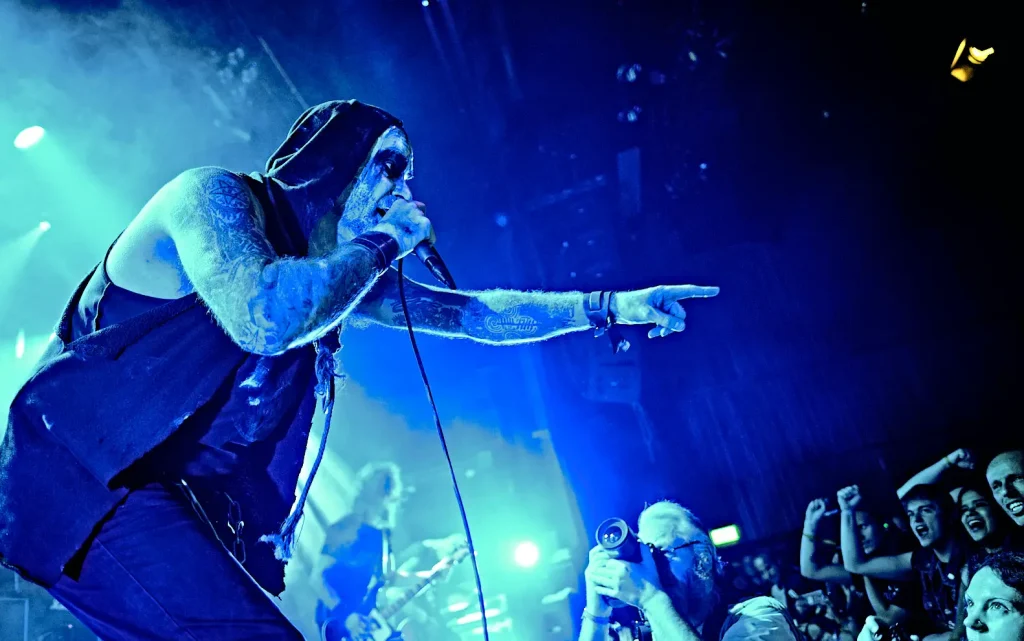
As exhilarating as those experiences were though, they didn’t quite take me to the promised land of photography. After a few years I felt burned out because of the repetitive nature of the work. More importantly, my joy of photography was gone.
That’s when I decided to turn to film exclusively and explore a different direction in my work.
Towards Analog
My journey into film began many years prior to my decision to embrace it full-time. As a child of the 1980s, I vividly remember snapping photos on the various point and shoot cameras around the house. The very first film camera I purchased for myself was a Lubitel Lomo 166B that I bought on eBay many years ago (it took six weeks to arrive from Ukraine).
I wasn’t good at photography back then but that camera ended up being extremely important for my development as a photographer. For starters, it taught me how to use an external light meter, shoot in manual mode, develop film, and most importantly, patience. Patience while loading film, metering the scene, setting the shutter speed and aperture values, focusing manually, being aware of what was around, people, light, weather, the whole shebang.
That camera produced few keepers but it literally opened my eyes to a new world, a world that didn’t revolve around auto focus and memory cards. One in which I could explore the universe the way old-timers did. It also flipped inside me a switch I didn’t know existed; one that instilled in me a lifelong appreciation, nay obsession, for all things mechanical.
Nowadays, I have a few all-time favorite cameras in rotation that I use for different purposes, among them a Leica M2, Nikon FM, and Rolleiflex 2.8F. While I don’t need any more cameras, I will buy and test cameras in order to get a feel for them. If I feel a bond, I will usually keep them. Recently, I saw a video where someone mentioned how Barnack Leicas offered the best bang for the buck in the Leica world. After doing some research, I finally decided to give them a try. Luckily, there was a Leica IIf Red Dial with a Summitar 5cm f/2 available at a local camera store and I immediately picked it up to see what all the fuss was about.
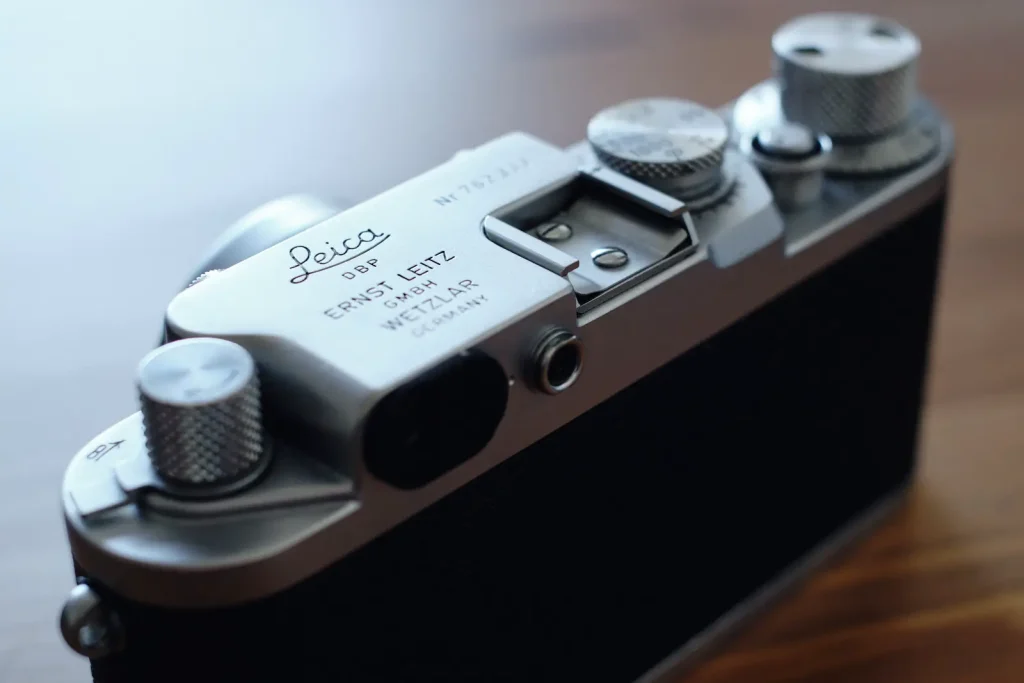
Vintage Feel, Modern Context
My first impressions of the IIf were mostly clad in nostalgia (and aesthetics). This is easily the most gorgeous camera I own (along with the Rolleiflex), it is compact, and most importantly a fun camera to use. The build quality is astonishing and right up there with the Leica M bodies.
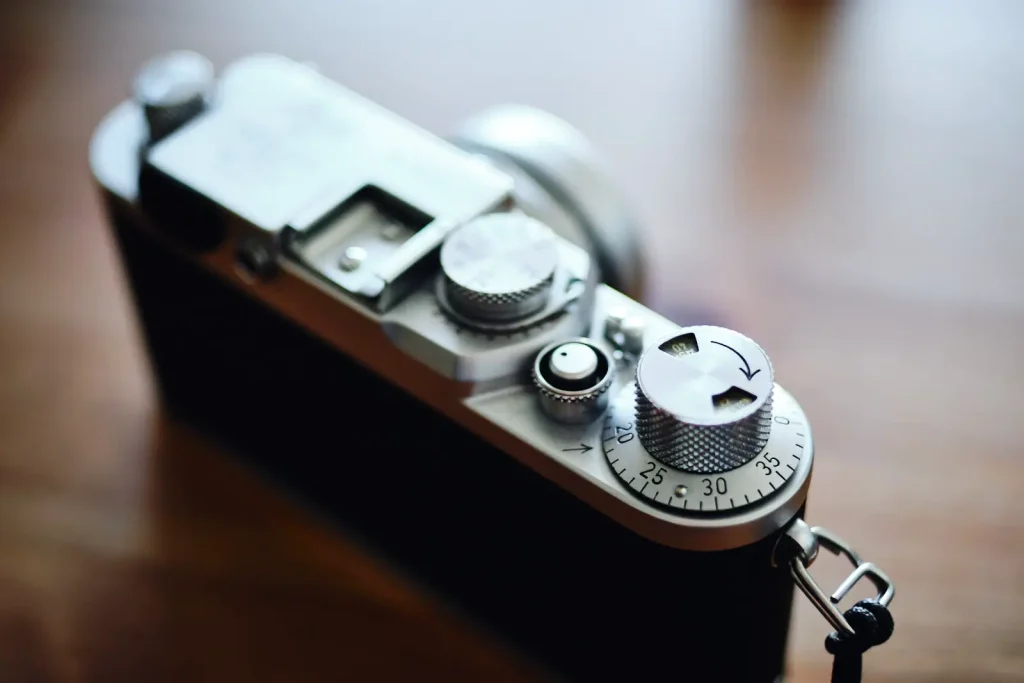
My copy of the Summitar is far from excellent, with many fine scratches and significant coating wear. Despite its flaws, it is an undoubtedly handsome collapsible 50mm and a true icon of its time (along with the Elmar 5cm f/3.5). My love for this camera definitely grew after I purchased it. The truth is I never really expected to enjoy it as much as I have in the time I’ve had it.
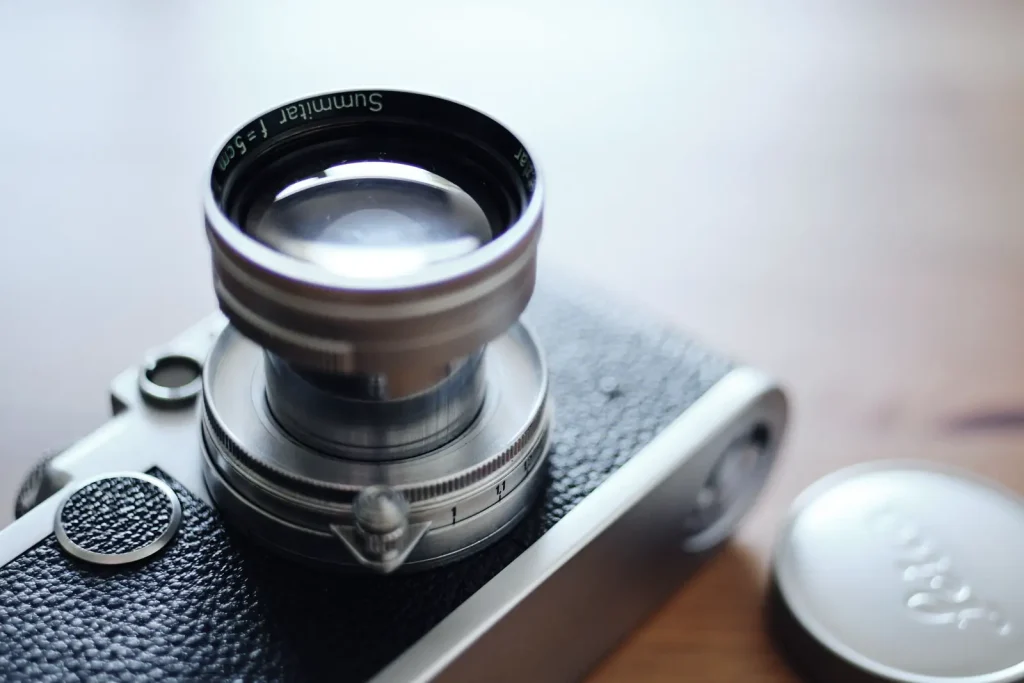
What drew me to the Leica IIf was the looks and nostalgic vibes, but is it actually a capable tool for documentary type work on the streets? And is it actually as good a deal as promised? I decided to answer those questions on a particularly cold July morning, when I set out to take some photos of a once-vibrant neighborhood near my place and see how the IIf would perform out in nature. I loaded it with a roll of Delta 3200 and shot it at 1600 for dramatic effect on a mostly overcast day. The photos below were processed at my local lab with minimal post-scan adjustments done in Capture One.
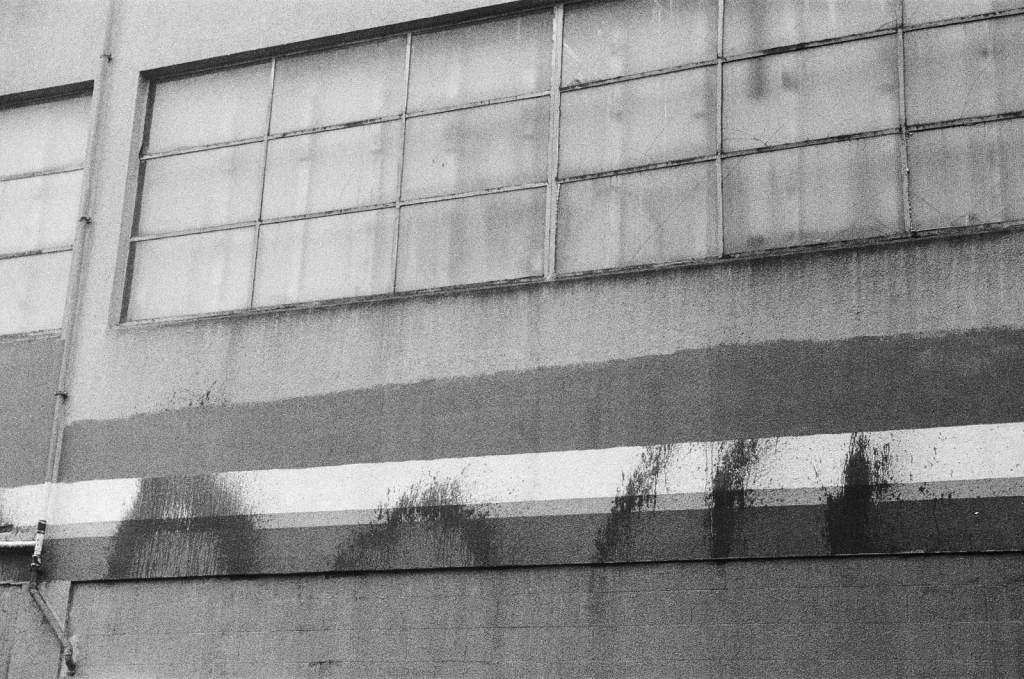
Despite a slow film advance mechanism (knob vs. lever on Leica Ms), an even slower film loading mechanism that requires one to cut a longer leader which is cumbersome out in the field, separate viewfinders for focusing and composition, a lens with a clickless aperture ring, and the lack of slow shutter speeds (the IIf only goes down to 1/25ths of a second and bulb compared to the IIIf, which has a separate slow shutter speed dial on the front)—all factors that should in theory be negatives—I found using the IIf to be a surprisingly satisfying experience.
I didn’t really feel limited by the slow film advance knob or the separate focus and composition windows. None of these perceived cons really affected my approach (although I definitely recommend zone focusing if speed is important to you).
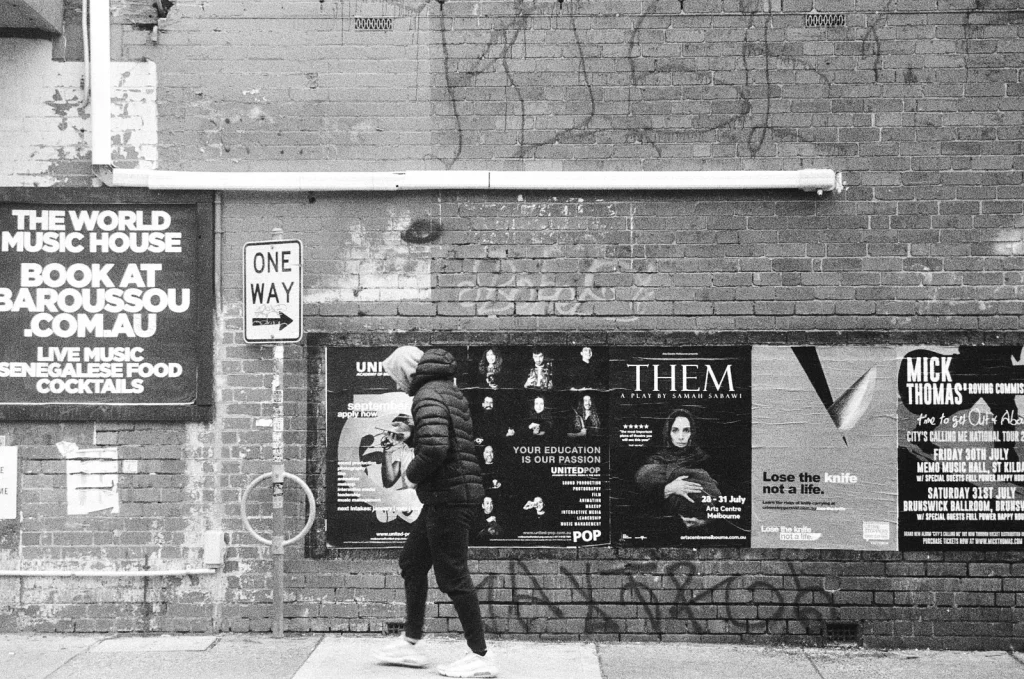
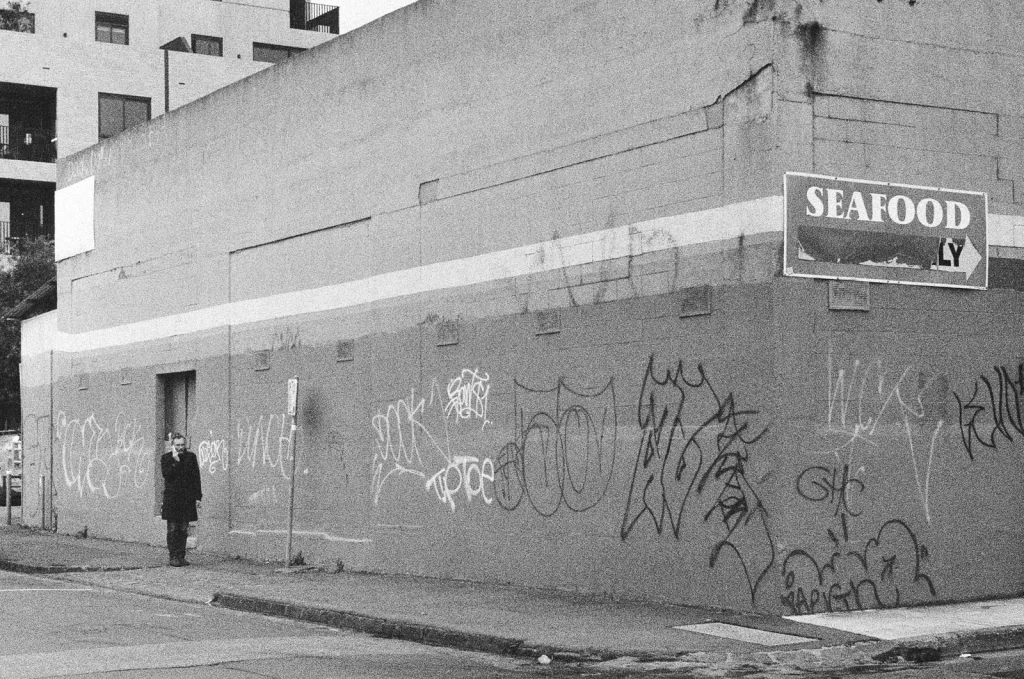
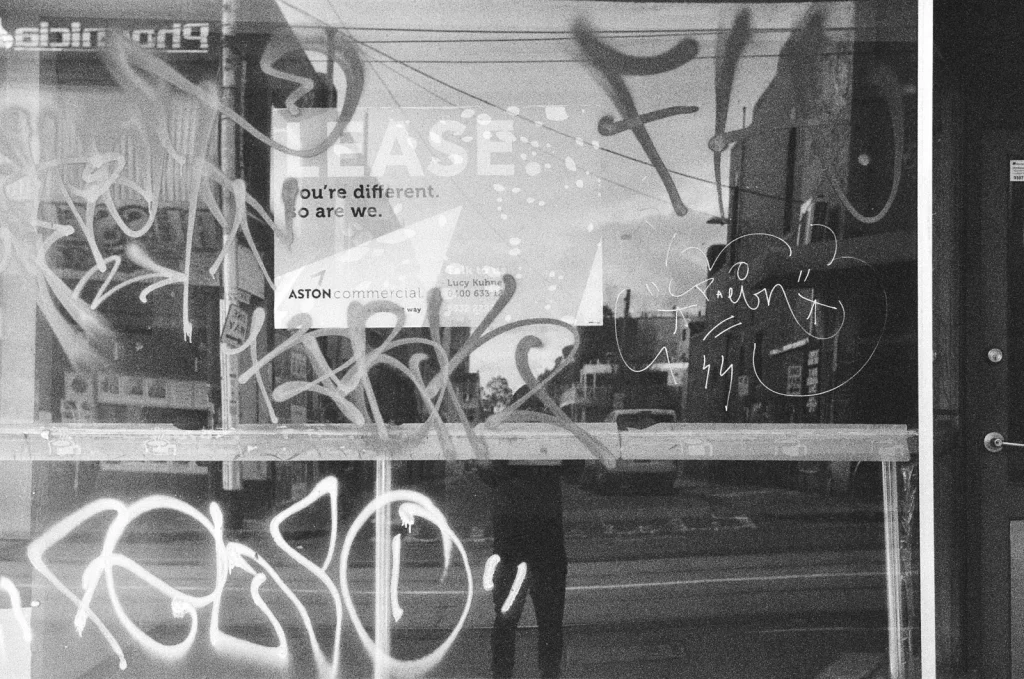
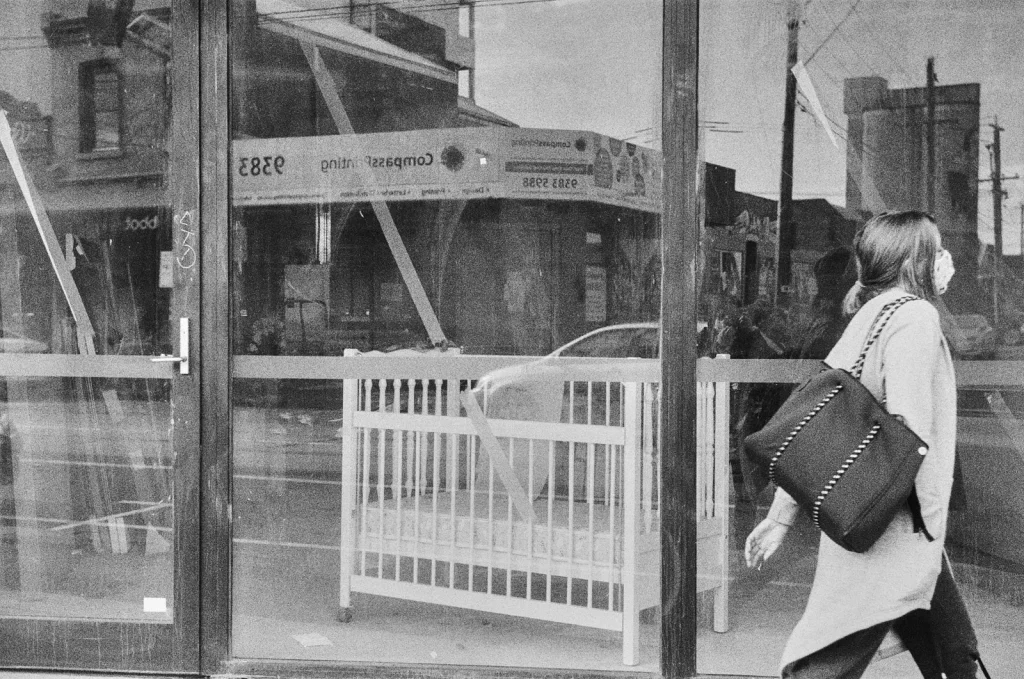
Life is all about tradeoffs. In the case of the IIf, what you give up in speed is compensated for in size and feel. The collapsible lens makes the entire kit pocketable and easy to carry. It also weighs less than any other Leica I’ve owned (my M2 is like a Russian weightlifter on steroids next to the IIf). And finally, the vintage glass creates pleasant images even in the most mundane setting.
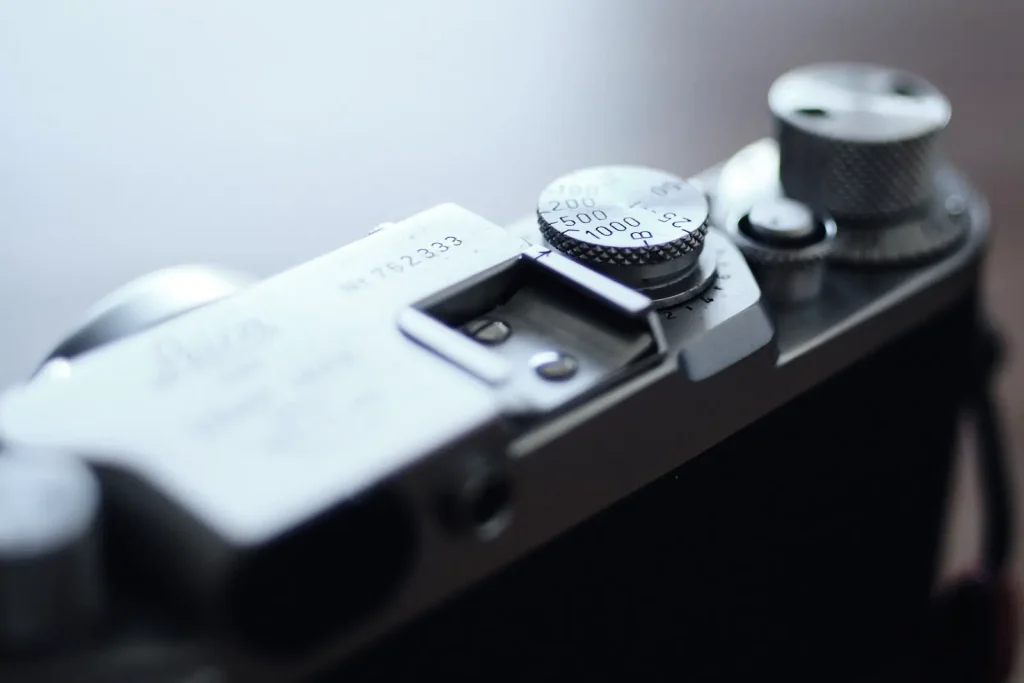
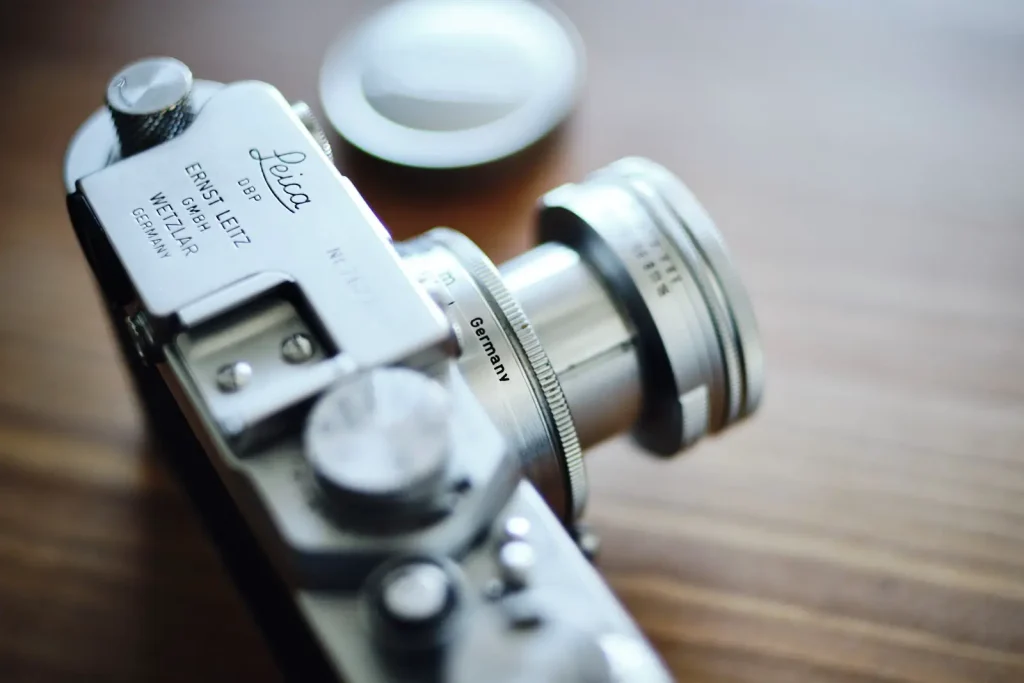
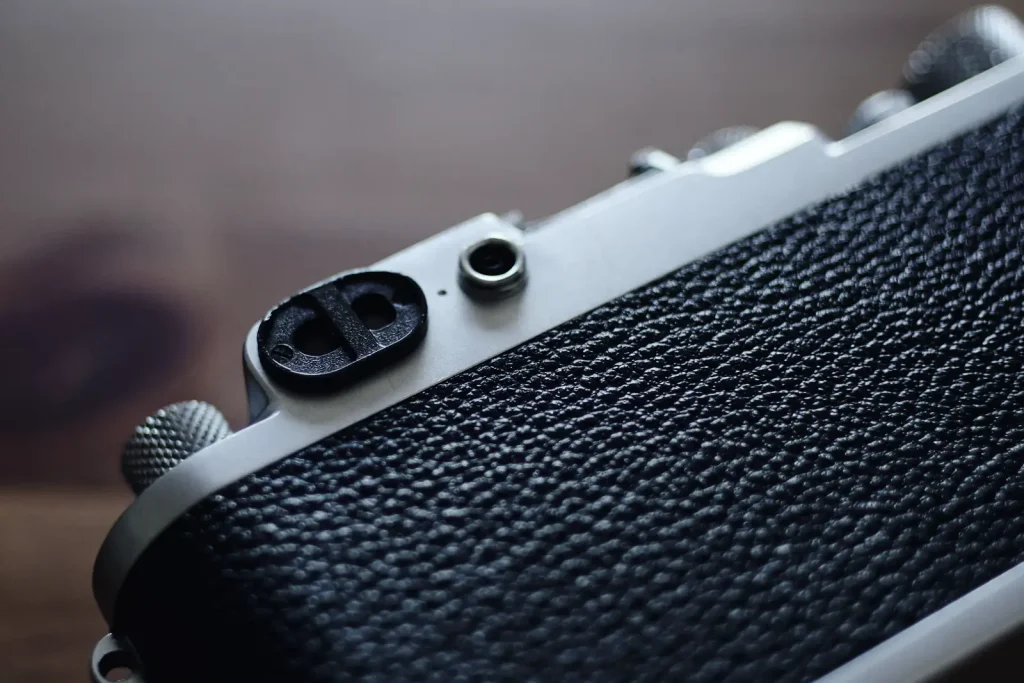
I can see this camera and lens combination working especially well with dramatic subject matter, black and white portraiture, abstract, and nature/landscape work. So is the IIf pure nostalgia or a tool for serious storytelling? Based on my own experience, I’d have to say it is a lot of both. For me the IIf is a “feel” thing–that and a whole lot of value for money.
Share this post:
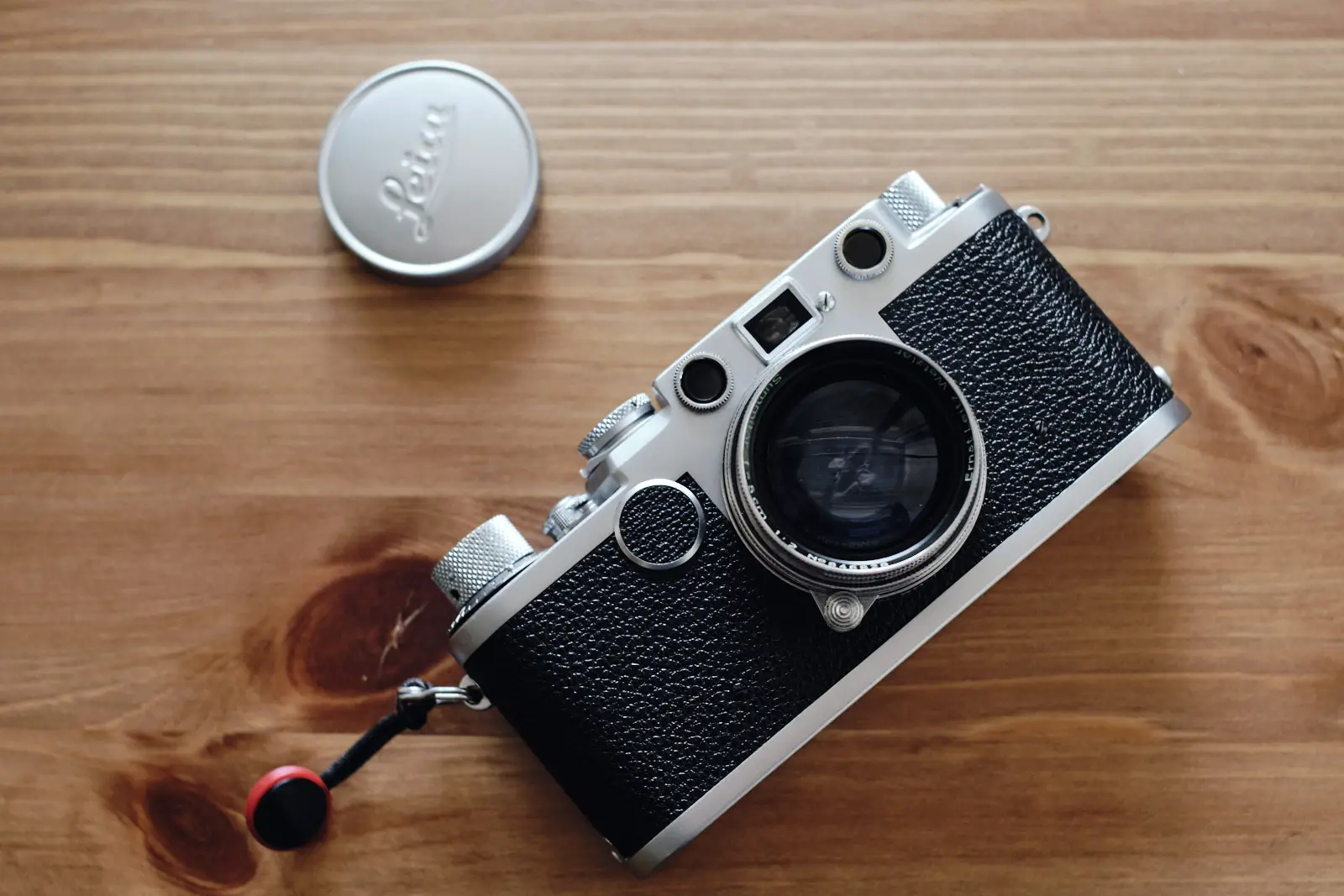








Comments
John Tarrant on Leica IIf Red Dial: Nostalgia, or Tool for Serious Storytelling? – By Exphotog
Comment posted: 28/09/2021
Comment posted: 28/09/2021
Neal A Wellons on Leica IIf Red Dial: Nostalgia, or Tool for Serious Storytelling? – By Exphotog
Comment posted: 28/09/2021
Comment posted: 28/09/2021
Kodachromeguy on Leica IIf Red Dial: Nostalgia, or Tool for Serious Storytelling? – By Exphotog
Comment posted: 28/09/2021
If you want the slower speeds, a few repair shops may still have the parts to add the slow speed dial and gearing. Decades ago, Leica offered such an upgrade service.
Comment posted: 28/09/2021
Chris DC on Leica IIf Red Dial: Nostalgia, or Tool for Serious Storytelling? – By Exphotog
Comment posted: 29/09/2021
Chris DV
Comment posted: 29/09/2021
Tom Aspin on Leica IIf Red Dial: Nostalgia, or Tool for Serious Storytelling? – By Exphotog
Comment posted: 29/09/2021
I've since been using a very early II ( 1934?) with the separate rangefinder and viewfinder windows, and I get on with this much better.
Still not a patch on an 'M' though
Khürt Williams on Leica IIf Red Dial: Nostalgia, or Tool for Serious Storytelling? – By Exphotog
Comment posted: 30/09/2021
Bill Levy on Leica IIf Red Dial: Nostalgia, or Tool for Serious Storytelling? – By Exphotog
Comment posted: 30/11/2022
Learned depth of field and shutter sync for the flash bulbs. Never looked back. My first Leica was an M4 and bought the M5 and later all the D cameras. The M's were a vast improvement but the size of the 2F was fabulous. NO lightmeter necessary. The inside of the Kodak film boxes gave you all you needed to know about sunny days, cloudy days, rainy days, bright light, dim light.